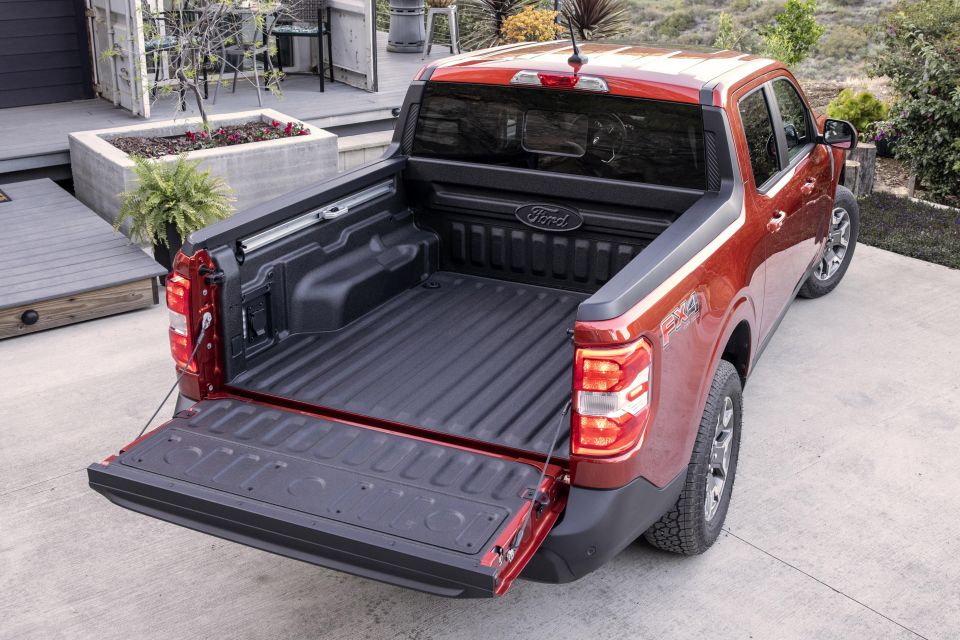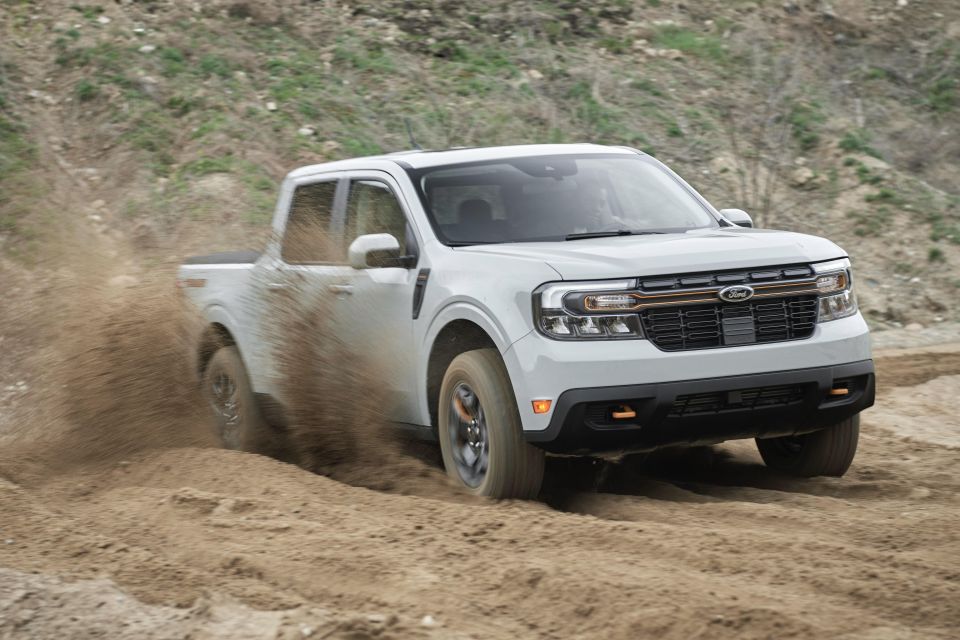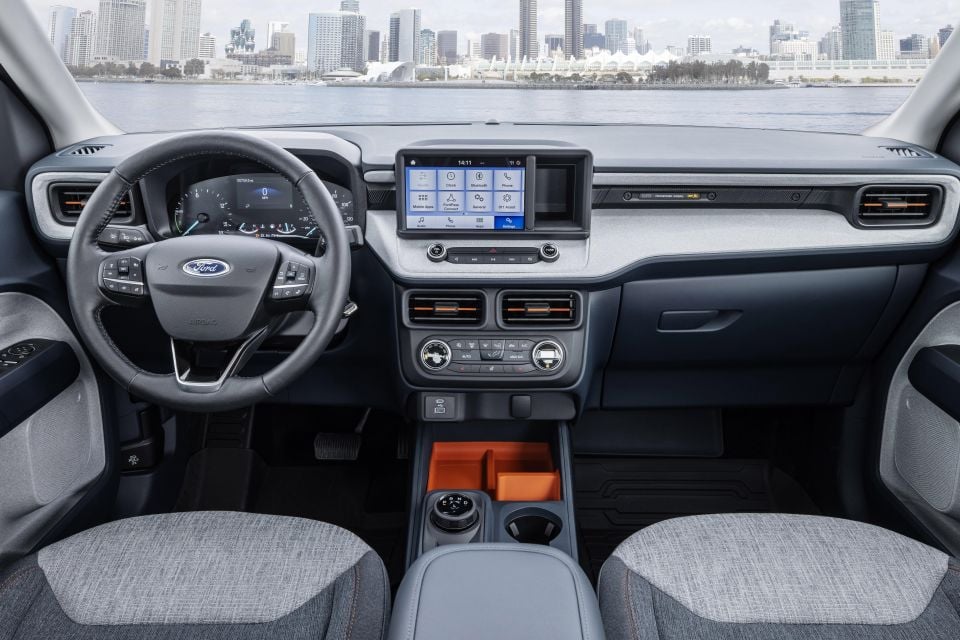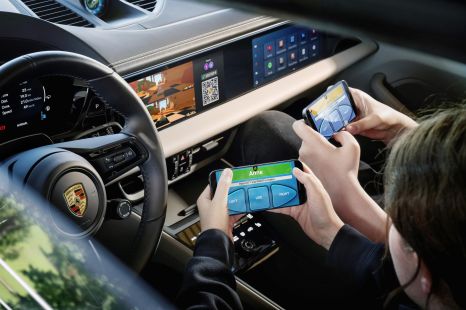

Matt Campbell
2025 Porsche 911 Carrera T review
5 Days Ago

News Editor
Ford has left the door open for a right-hand drive version of its front- and all-wheel drive Maverick ute.
“We have looked at it,” said Dianne Craig, president of Ford’s International Markets Group, which counts Australia among its represented markets, when asked whether it’s too late for a right-hook Maverick.
“As I mentioned about the F-150 right-hand drive conversion, that can really open up some possibilities for us. I think we’ve gotta crack the code on that one first, and feel really good about the partner we’ve chosen.
“So stay tuned.”

This echoes remarks from the company’s chief financial officer, John Lawler, who said Ford may tweak its right-hand drive strategy.
“We’re not walking away from right-hand drive… [but] we may go about doing it a bit differently,” said Ford chief financial officer John Lawler.
“But, is it becoming more of a challenge financially? It’s different now, because it’s scale, and I think where the opportunities for us are is to move towards specialty vehicles.”
While RMA Automotive will locally remanufacture the F-150 in right-hand drive for Ford, it’s unclear whether the Blue Oval would pursue a similar strategy for the Maverick should it be signed off for our market.
It would seem unlikely on the surface, considering the Maverick would need to be a cheaper car, and re-engineering isn’t cheap.

The Maverick shares its unibody C2 underpinnings with the likes of the Escape and Bronco Sport crossovers, and slots in under the body-on-frame Ranger in North America.
Measuring up at 5072mm long on a 3076mm wheelbase, 1844mm wide, and 1745mm tall, the Maverick is 298mm shorter and 74mm narrower than a dual-cab Ranger.
The entry-level Maverick packs a 2.5-litre petrol engine packing 120kW of power and 210Nm of torque, mated with an electric motor making 94kW and 235Nm. Combined, the Maverick hybrid has 143kW of power and an undisclosed peak torque output.
It’s front-wheel drive only, and puts its power to the road through an e-CVT.

Braked towing capacity for the hybrid is 907kg, and claimed fuel economy is 5.9L/100km on the EPA test cycle. Regardless of the engine you choose and which options boxes you tick, payload for the Maverick is 680kg.
Also offered is a non-hybrid 2.0-litre turbocharged petrol engine making 186kW of power and 373Nm of torque. It’s available in front-wheel drive or all-wheel drive, and can tow up to 1814kg with the rights options boxes ticked.
There’s an optional FX4 package with all-terrain tyres and suspension, extra underbody protection, and off-road drive modes with hill descent control, while Ford also recently revealed a more rugged-looking Tremor variant.
Standard braked towing capacity is the same as the hybrid, at 907kg.

Like the bigger F-150 and F-150 Lightning, the Maverick has had plenty of love lavished on its tray. Ford says it will sell owners a range of storage options, but there’s also support for DIY truckers who want to use standard 2×4 wood and a can-do attitude to build their own.
Along with 12V power, there are two 110V/400W power outlets back there, and an array of tie-down points in both the bed and tailgate – the latter of which can support 227kg.
Inside, the Maverick is clearly related to the Ford Escape.
An 8.0-inch infotainment touchscreen sits atop the dashboard running Sync 3 software with satellite navigation, Apple CarPlay, and Android Auto.

Storage spaces abound: there’s space under the rear bench, an abundance of cubbies and cutouts in the dashboard, and an abundance of hooks and tie-downs in the back.
Three trim levels are offered in the US: XL, XLT, and Lariat. Pricing starts US$20,995 ($31,084), and the Maverick battles the Tucson-based Hyundai Santa Cruz in the North American market.
Ford has previously said the Maverick is appealing to younger buyers, as well as customers who haven’t owned a ute before. As the Ford with the lowest base price in the US, it’s also serving as a de facto replacement of sorts for the discontinued Focus.
If it were to be introduced in Australia, it would have essentially no direct competition given every pickup sold here is body-on-frame, and most are powered by diesel engines.
Where expert car reviews meet expert car buying – CarExpert gives you trusted advice, personalised service and real savings on your next new car.
William Stopford is an automotive journalist based in Brisbane, Australia. William is a Business/Journalism graduate from the Queensland University of Technology who loves to travel, briefly lived in the US, and has a particular interest in the American car industry.


Matt Campbell
5 Days Ago


James Wong
4 Days Ago


Max Davies
3 Days Ago


Josh Nevett
2 Days Ago


Josh Nevett
1 Day Ago


James Wong
18 Hours Ago